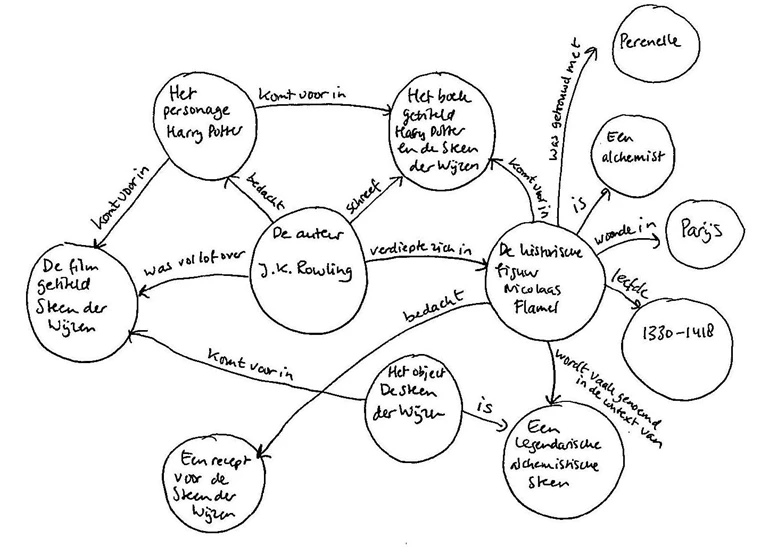The web has brought drastic change to the world
In 1991, the world wide web (www) was invented by Tim Berners-Lee, now director of the W3C (World Wide Web Consortium). The web is based on technical standards, with the most important ones being HTTP, a protocol for the exchange of hypertext (text with hyperlinks), HTML, a standard format for the layout of hypertext, and URLs or URIs, universal resource identifiers.
The emergence of the web made it possible to publish and link text documents in a universal way. In addition to text, (silent or moving) images were later shared via web standards as well, and nowadays, web browsers can do so much that they can be regarded as fully-fledged operating systems, such as Windows or Linux. That the web has had a huge impact on the world is almost an understatement. After all, worldwide communication has been through drastic social, economic, cultural and political changes. The web itself, however, is also changing.





